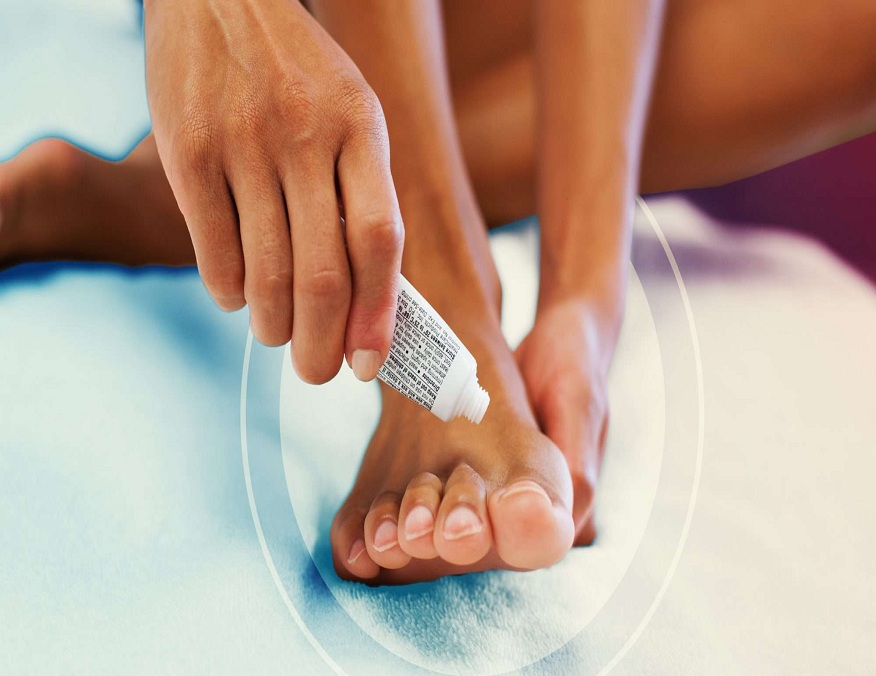Wounds that appear on the ankles and feet may take too long to heal. This is especially true if you have neuropathy, a condition that causes nerve damage and reduces blood circulation to the extremities. About 50 percent of diabetic patients have neuropathy and often develop slow-to-heal wounds.
When these wounds go untreated, they increase your risk of infection, gangrene, and amputation. You can usually avoid these and other complications by getting prompt Metroplex Foot & Ankle LLP wound care. Here are five signs that your ulcer, sore, or cut needs expert attention.
Uncontrolled Bleeding
Most cuts bleed initially as do ulcers and sores that are disturbed. While the bleeding can be profuse, you can usually staunch it by applying firm and continuous pressure to the wound. This first-aid practice helps your body initiate the process of clot formation and prevent excessive blood loss.
However, you should seek medical help if your wound continues to bleed even after you apply pressure consistently for 5 to 10 minutes. This could indicate problems with your circulatory and immune systems. A wound care expert can help stop the bleeding.
Large and Draining Wound
Try to measure the size of your wound the moment you notice it. If it is at least three-quarters of an inch long or a half inch deep, it may be serious enough to warrant expert wound care. Such a wound may require forms of care such as staples or stitches.
Another way to tell if you should see a doctor for a wound is through the drainage. Healthy wounds produce clear drainage that is easily managed through pressure and dressings. But, you should worry if the drainage is pungent, yellow, and puss-filled.
Severe or Chronic Pain
Of course, a wound will cause pain initially as your body responds to the inflammation. However, you should experience a decrease in intensity and duration levels over time. A wound that produces the same level of or increasing pain days after the initial injury could be infected.
You can measure this through your pain medication. At the beginning, you may need more painkillers to function normally. Over time, however, you should be able to reduce your usage and discontinue your pain medication comfortably.
Signs of Infection
Uncontrolled pain, a draining wound, and chronic pain are all signs of an infected wound. However, there are more classic and immediate ways to tell that you need infection treatment. Some of the symptoms to look out for include a rapid heart rate, shortness of breath, soreness and redness.
Moreover, you may experience chills, sweats, and a fever accompanied by severe headaches and a decreased appetite. These symptoms may cause fatigue and worsen over time. These are key signs of a systemic or localized infection.
Loss of Function
A final indication of wound infection is loss of mobility and feeling in the wounded area. While wounds can sometimes make it difficult to move your foot or ankle, most do not cause loss of function. Being unable to use your leg means the wound is affecting the underlying joints, bones, tendons, or nerves.
Learn to Recognize and Report the Signs of Wound Infection
How soon your body recovers from a wound depends on the strength of your immunity. If you have a condition that weakens or compromises your immunity, you may be prone to non-healing wounds. Your risk can be heightened by chronic conditions like vascular disease and diabetes.
Left untreated, non-healing wounds can lead to serious complications like infection and amputation. You can prevent this by seeking specialized wound care from a trained expert. If you are experiencing any of these symptoms, contact a wound care provider today.

